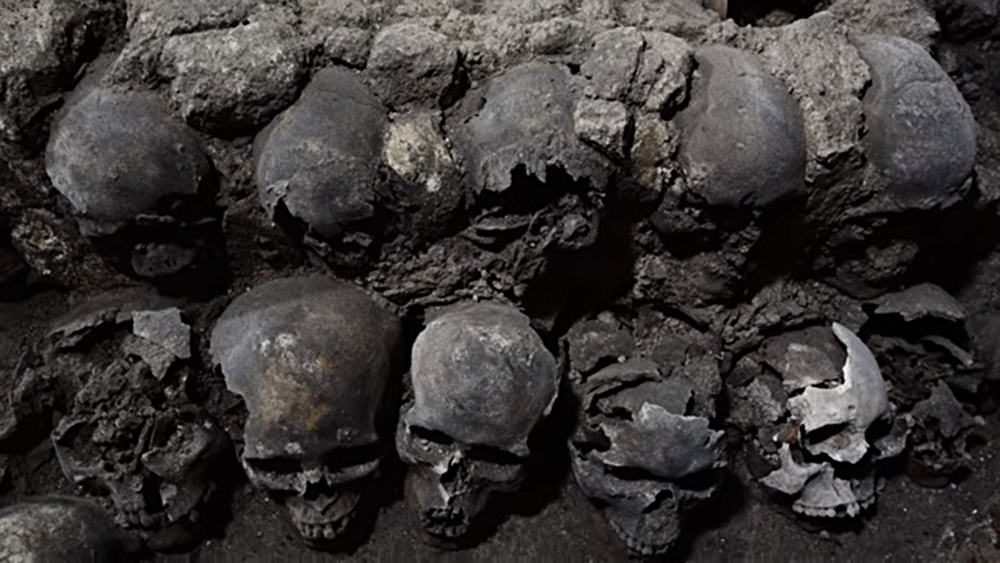(BigGovernment.news) For the Left-wing extremists who dominate California politics, there is no position too hypocritical or ridiculous when it comes to the Holy Grail of “green energy.” To that end, state lawmakers are content to let California’s last remaining nuclear power plant – which emits zero greenhouse gases – close down in a few years, forcing residents to pay more for unproven, unreliable energy technologies.
As reported by AMI Newswire, last operating nuclear energy plant will be phased out over the coming decade in response to state energy policies that favor renewable power sources and the state’s reliance on an increasingly complex market to supply California’s energy grid .
Pacific Gas and Electric Co. stated Tuesday that California law will require the public utility to greatly expand its portfolio of renewable energy supplies and that the Diablo Canyon power plant, located on the coast halfway between Los Angeles and San Francisco, would no longer be needed beyond the year 2025.
The Diablo Canyon closure agreement, which PG&E negotiated with both environmental and labor organizations, aims to eventually replace the lost energy through energy efficiency, expansion of renewable energies such as wind and solar power, and increased energy storage.
Critics of the plan, such as Michael Shellenberger, a senior fellow at the Breakthrough Institute and a supporter of the nuclear plant, contend that carbon-producing natural gas energy would be needed to make up for Diablo’s loss and that the state could face risks of rolling blackouts under the plan. Critics also have doubts about the potential of energy storage technologies.
The twin reactors at Diablo Canyon now produce about 24 percent of California’s clean, nonpolluting energy.
Although environmentalists have criticized the plant for different reasons over the years – its proximity to an earthquake fault, fears of an accident leading to a radiation release, its siphoning of ocean water for cooling – PG&E emphasized that the overriding reason for closing Diablo Canyon is simply the changing nature of how the state’s competitive energy grid works.
Mitch Singer, spokesman for the Nuclear Energy Institute in Washington, told AMI Newswire that the strength of nuclear power is its consistency in generating power around the clock.
“Nuclear is either running or it’s not,” Singer said, adding that nuclear plants function well in rate-based states, where a utility is allowed to set rates only high enough to recover a plant’s capital and operational costs, as well as a limited profit.
California, however, has a grid that is managed by the California Independent System Operator in a market-driven fashion to meet the energy needs of residents and businesses. And state law requires progress in reducing pollution and greenhouse gases by emphasizing green energies such as solar and wind energy.
Those energy sources tend to be intermittent, though. So supplementary power sources need to be fired up when the winds die down or the “marine layer” of cloud cover rolls in to ensure an even supply of energy throughout the day. Nuclear simply isn’t nimble enough to fluctuate as renewable sources come online.
Indeed, Peter Miller, a senior scientist with the Natural Resources Defense Council, noted in a blog post this week that California often has to curtail solar generation during the day due to the inflexible baseline nature of large power plants like Diablo Canyon.
According to the NRDC, one of the parties that signed the Diablo Canyon agreement, closing the plant will cost less than keeping it open for an additional two decades beyond the years its current Nuclear Regulatory Commission licenses expire, in 2024 and 2025. The savings to customers will exceed $1 billion, the environmental group said.
“Closing California’s last nuclear power plant will also make the state’s grid more flexible, so more renewable energy can power California’s businesses and homes,” the NRDC’s president, Rhea Suh, said in a blog post this week.
Singer described the goal of replacing Diablo’s output with green energy as very ambitious, considering the amount of energy the plant now puts out. It currently generates 9 percent of all the electricity (clean or otherwise) produced within California.
Replacing nuclear energy with solar and wind also means a dramatic change in land use, Singer said. He pointed to figures showing that a 1,000-megawatt nuclear plant requires a footprint of just over 1 square mile, while wind farms need 360 times as much space to produce the same amount of energy. And solar photovoltaic facilities producing 1,000 megawatts need about 75 times the land area as a nuclear plant.
But, of course, green energy is like a religion to the ultra-Left who run California, so no amount of common sense is capable of convincing them that the better option is to reduce barriers to construction for new zero-emission nuclear plants with proven technology that will produce more reliable power.


More:
BigGovernment.news is part of the USA Features Media network. Get caught up on ALL of the day’s most important news and information here.




















